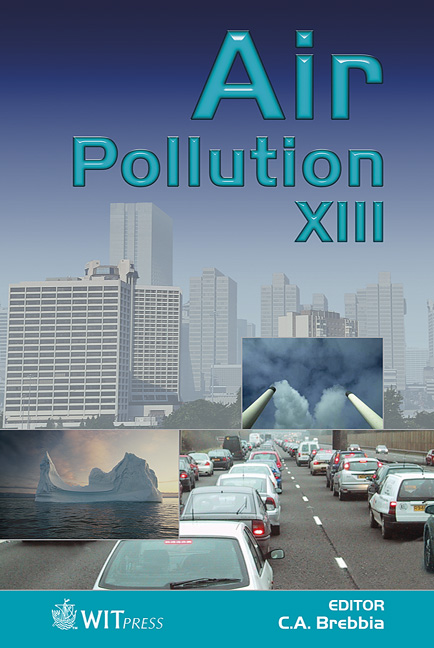Winter And Summer Ammonia Emissions In The City Of Manchester, UK, Related To Traffic And Background Sources Measured Using An Aerodyne Quantum Cascade-TDLAS
Price
Free (open access)
Transaction
Volume
82
Pages
8
Published
2005
Size
392 kb
Paper DOI
10.2495/AIR050281
Copyright
WIT Press
Author(s)
I. D. Longley, J. D. Whitehead, H. Coe & M. W. Gallagher
Abstract
Ammonia emissions contribute to eutrophication and gaseous ammonia is a precursor of secondary particulate matter. Ammonia is generally associated with agricultural emissions; however, recent studies have suggested that urban areas, and traffic in particular, may be a source of growing significance. To investigate this source concentrations of atmospheric ammonia have been measured from a rooftop laboratory centrally located in Manchester, UK. High-resolution measurements were made at 1 Hz using an Aerodyne quantum cascade tunable diode laser absorption spectrometer (QC-TDLAS). In wintertime median concentrations were 1.8 ppb, (range 0.4 – 10.6 ppb), whereas in summertime median concentrations were higher at 3.0 ppb (range 0.7–9.3 ppb). In winter, and during cyclonic conditions in summer, ammonia concentrations were related linearly to concentrations of NOx, suggesting a traffic source for ammonia. Higher ammonia concentrations were observed in light winds. Ammonia concentrations relative to NOx were higher in summer, suggesting the influence of warmer temperatures on gas partitioning of ammonium nitrate. The slope of the winter relationship between ammonia and both NOx and CO has increased in Manchester by 40 % since 1997, since when the adoption of catalytic converters has approximately doubled. Mean concentrations of 8.0 ppb were also observed during a short measurement period on a busy city street, implicating traffic and human sources. Keywords: ammonia, traffic emissions, urban atmosphere, emission factors.
Keywords
ammonia, traffic emissions, urban atmosphere, emission factors.





